Crafting a Zero-Waste Home with Upcycling Furniture
Zero-Waste Mindset: Rethink Before You Replace
Before buying new, pause and ask how a piece can serve again. A repair stitch, a new function, or a gentle refinish can turn yesterday’s furniture into tomorrow’s favorite story.
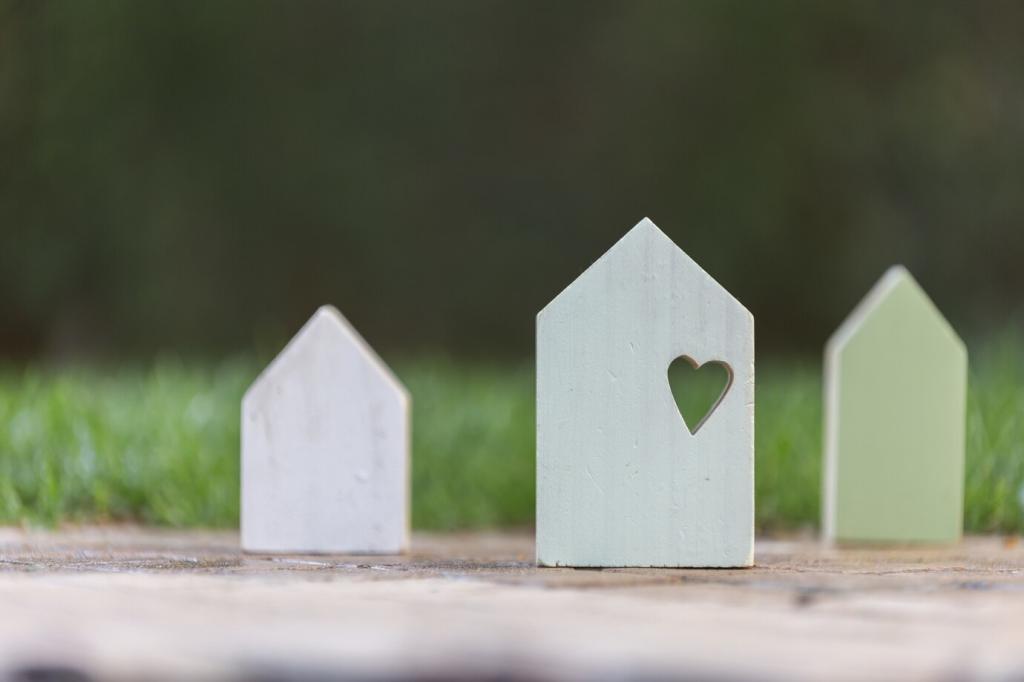
Where to Hunt Without the Hassle
Scout community swaps, curb alerts, online classifieds, and repair cafés. Early weekend visits and polite questions often uncover sturdy frames ideal for upcycling furniture with minimal intervention.
Check Structure Before Style
Look for solid joinery, hardwood frames, and intact legs. Superficial scratches clean up easily, but sagging supports and warped panels demand bigger fixes. Let structural integrity guide your choice.
Ask About History and Materials
A little provenance protects your health and project. Pieces painted before 1978 may contain lead; confirm finishes, glues, and prior repairs. Document details to choose safe, sustainable refinishing approaches.
Safe Tools and Planet-Friendly Finishes
Low-VOC Finishes That Love Your Air
Pick low-VOC paints, plant-based oils, and waterborne varnishes. They cure cleanly, reduce fumes, and let wood breathe. Test swatches on offcuts before committing to preserve character and color accuracy.
Tools You’ll Actually Use
A basic kit shines: screwdrivers, clamps, a sanding block, wood glue, and a detail sander. Add respirators, drop cloths, and reusable brushes to keep your upcycling furniture workflow safe and tidy.
Know What to Avoid
Skip harsh strippers and unknown solvents when possible. If you suspect lead paint, use proper PPE, avoid dry sanding, and follow local guidelines. Safety keeps projects joyful and sustainable.
Design Stories: Transformations with Heart
I rescued a chair from a rain-soaked porch, tightened the dowels, and wrapped the seat in leftover linen. Now it hosts morning coffee, proof that patience can outshine any showroom shine.
Design Stories: Transformations with Heart
An orphaned dresser gained locking casters, a salvaged butcher-block top, and open shelving where drawers once stuck. It became a nimble island, gathering crumbs, conversations, and purpose in equal measures.
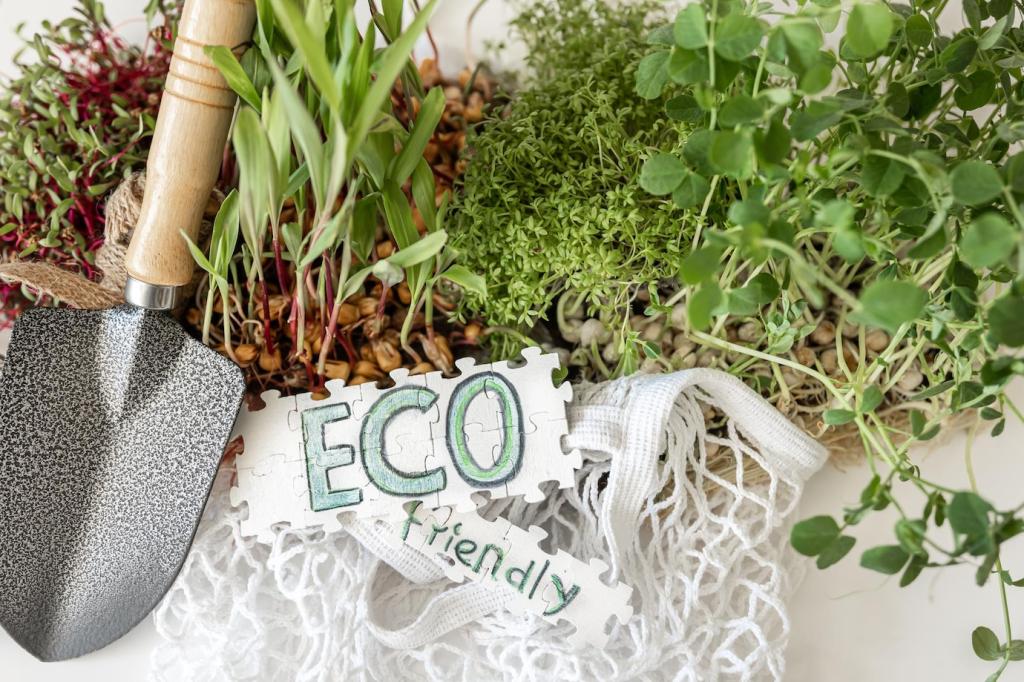
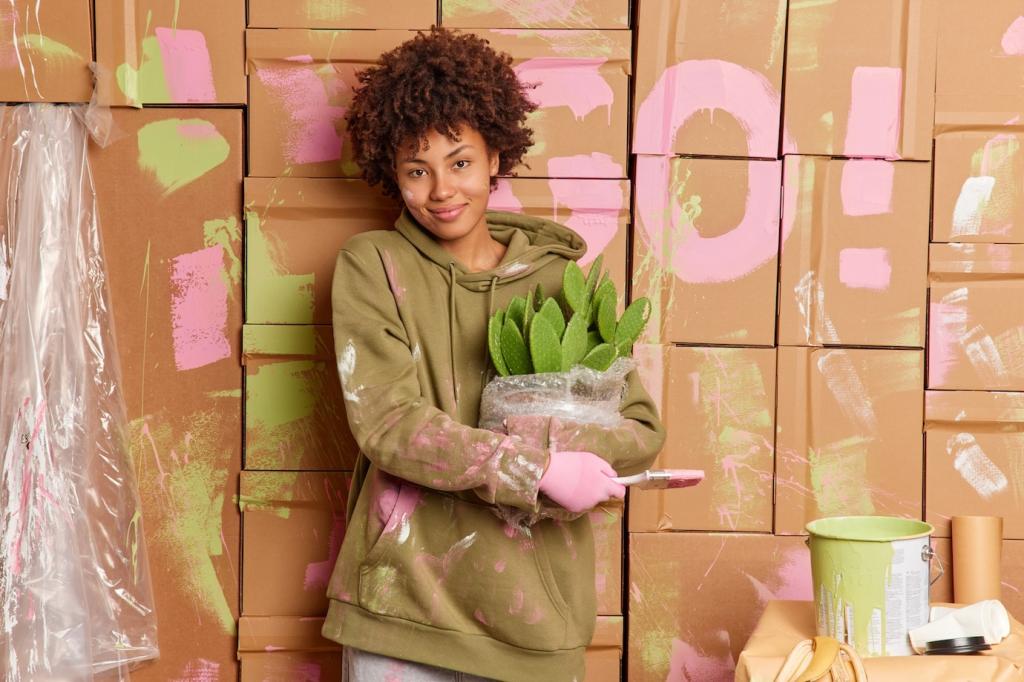
Elevating Craft: Techniques That Last
Clean with mild soap, then scuff-sand only as needed. Fill dents with water-based wood filler, seal knots, and prime thoughtfully. Proper prep keeps finishes even, durable, and delightfully touchable.
Elevating Craft: Techniques That Last
Where possible, use wood-to-wood solutions like dowels, splines, or loose tenons. Glued and clamped correctly, they outlast screws and align beautifully, preserving a refined look in upcycling furniture projects.


Care, Repair, and Circular Endings
Dust with microfiber, feed wood with plant oils, and catch loose screws early. A seasonal check-in sustains your upcycling furniture, preventing small annoyances from becoming landfill-driving failures.

Care, Repair, and Circular Endings
Choose bolted connections, removable covers, and replaceable parts. When life changes, your furniture can evolve—new rooms, new owners, same materials—keeping value in use, not in storage.
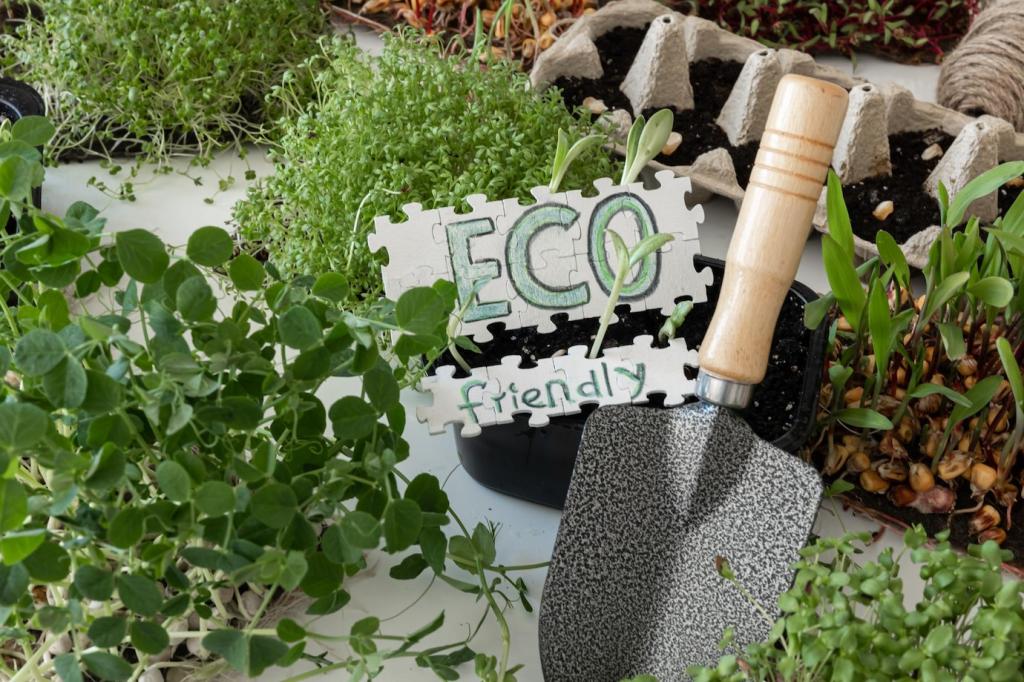
Host a Neighborhood Fix-It Night
Invite neighbors to bring wobbly stools and sticky drawers. Share tools, tea, and tips. You’ll save furniture, reduce waste, and strengthen bonds while learning tricks no tutorial ever fully captures.
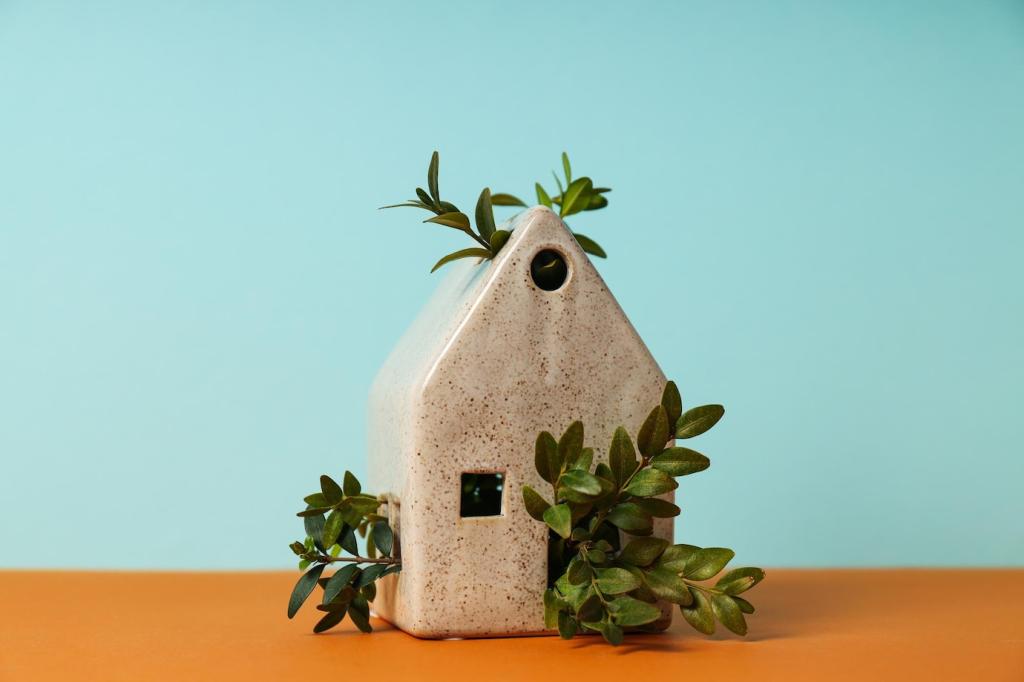
Show Us Your Before and After
Post your latest makeover and tell the story behind it. What surprised you? What would you try next time? Your insights help newcomers feel brave enough to begin their first project.
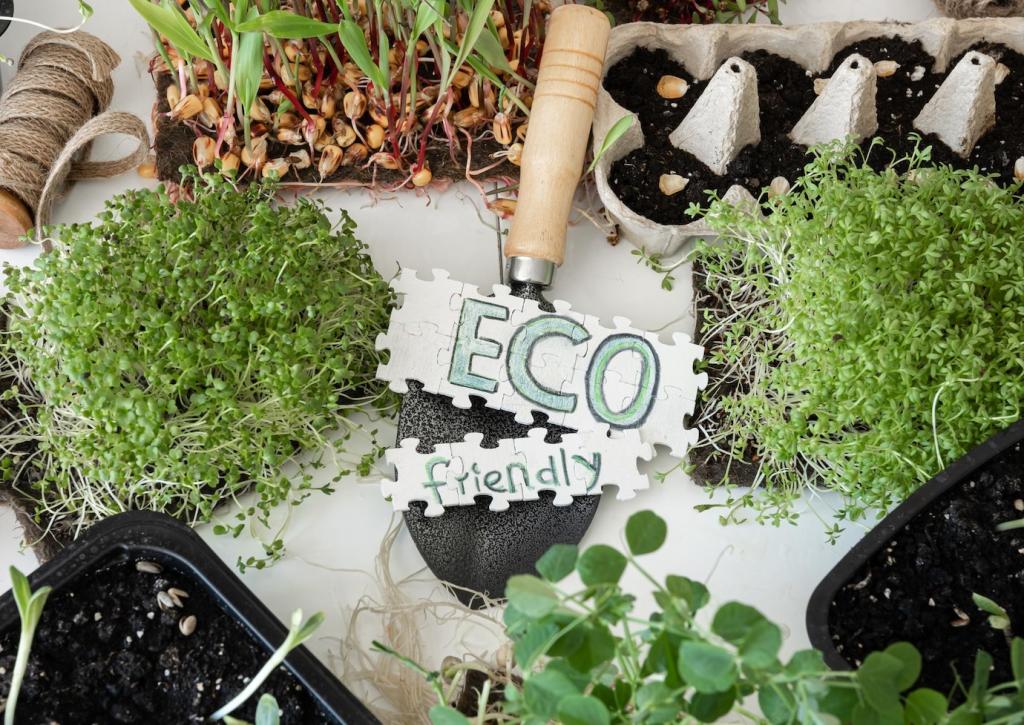
Subscribe and Shape the Journey
Subscribe for weekly zero-waste prompts, material guides, and reader spotlights. Comment with topics you want covered next, and vote on community challenges that turn discarded pieces into daily joy.
